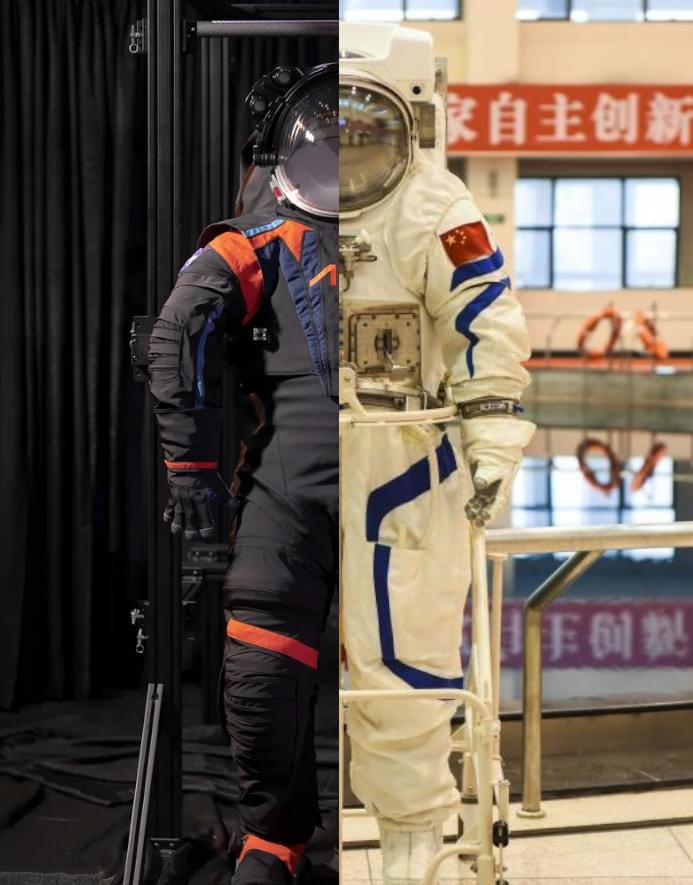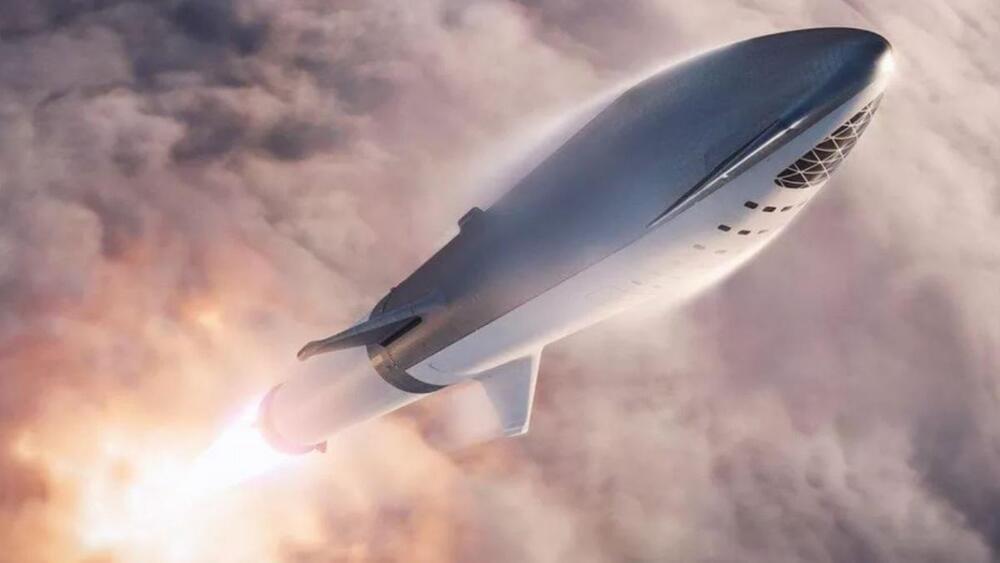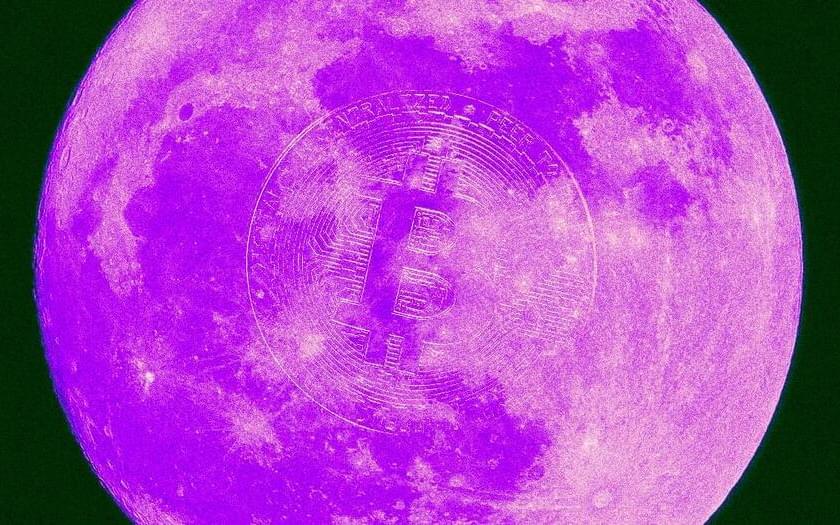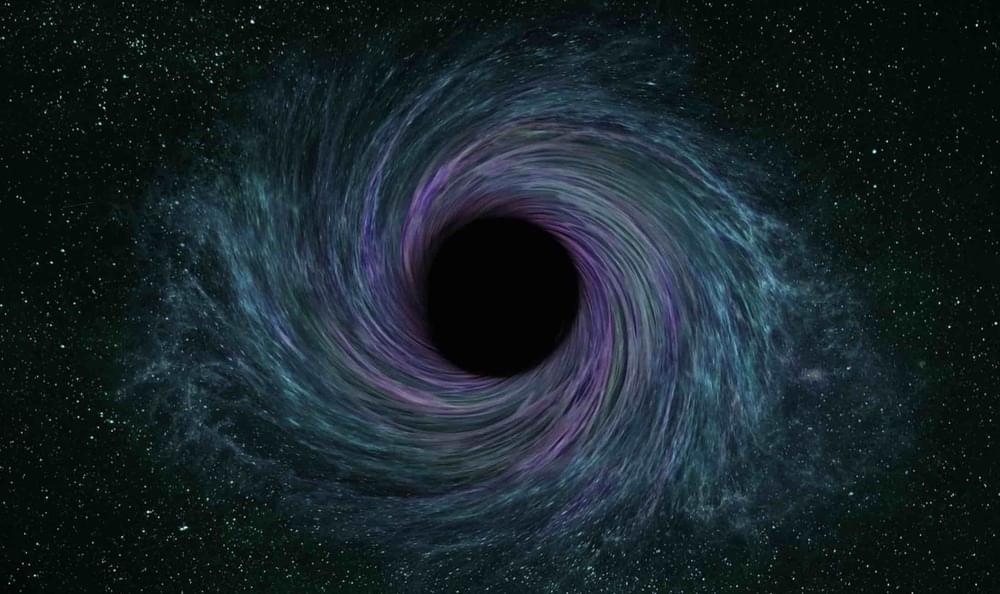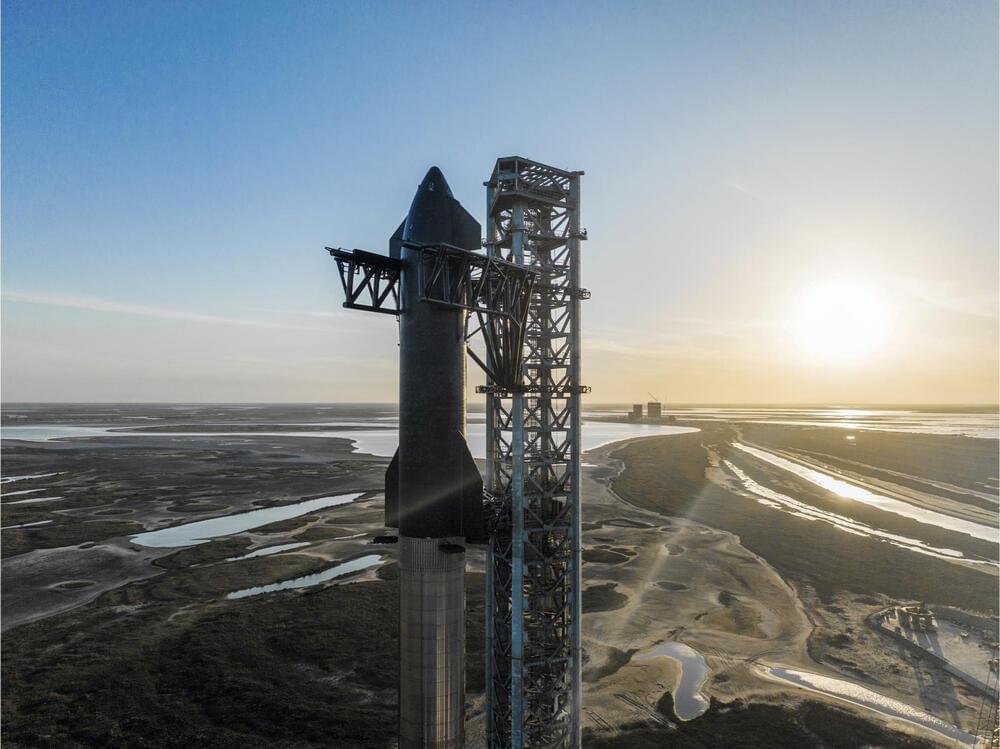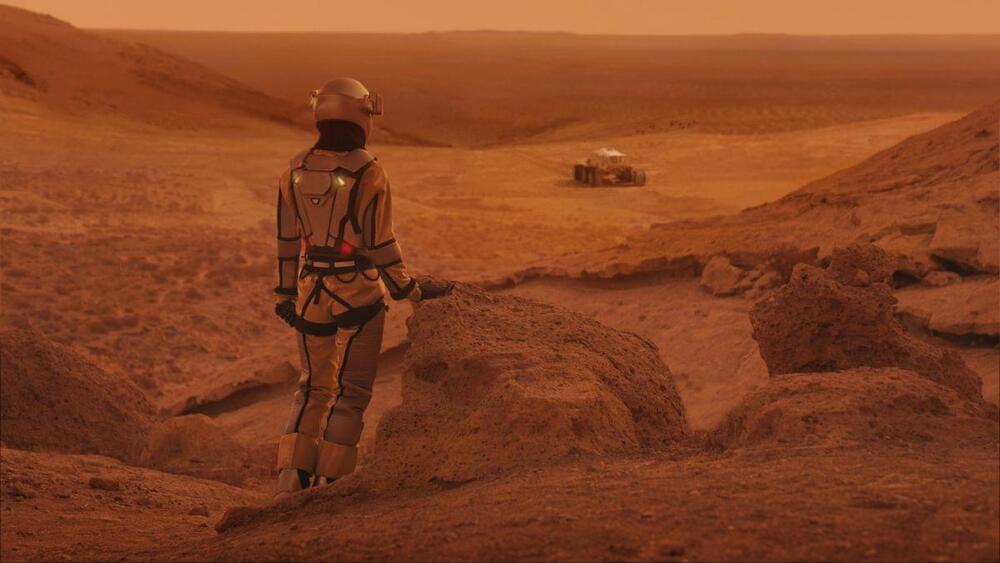Bootprints have not been left on the Moon since the early 1970s, but that will soon change. With NASA’s Artemis and China’s CLEP programs both scheduled to return humans to the Moon before 2030, the two superpowers are apparently in a “race” to the Lunar surface. But this time, who gets there “first” matters little. Instead, this race is about building a sustainable human presence on the Moon.
Here is how China’s and America’s approaches differ, and what it means for the future of spaceflight and human progress.
A comparison of the hardware China and the US are developing to return humans to the Moon.
